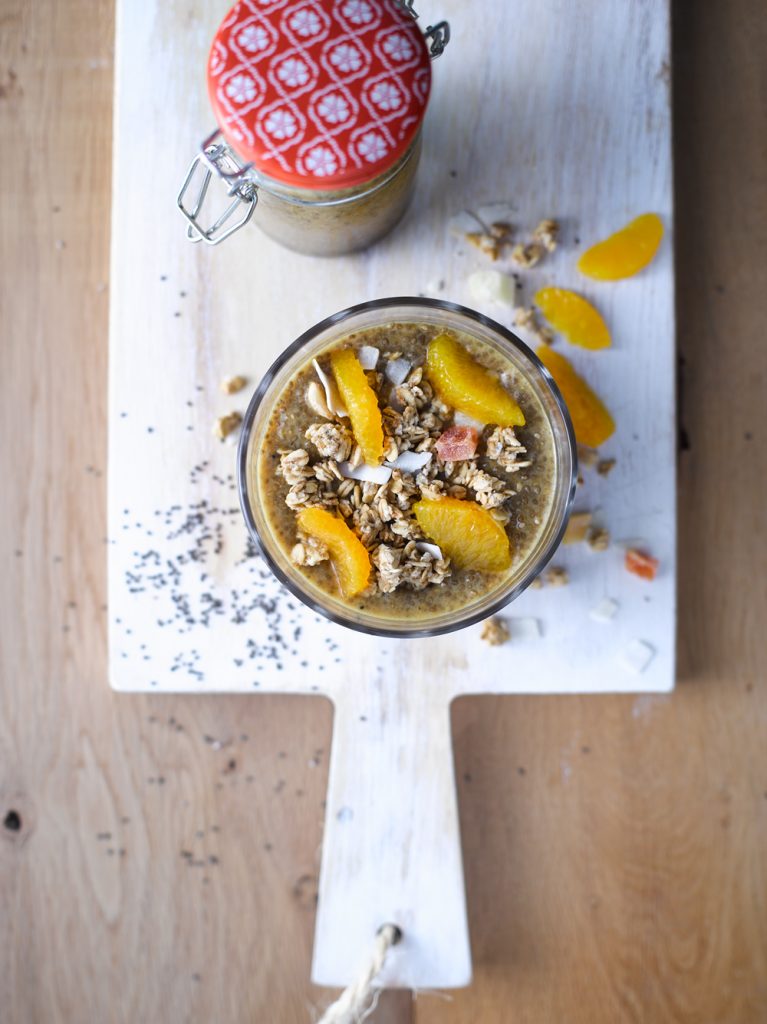Spoiler alert: you’re probably not.
Unless you’re tracking the amount of fibre you eat each day, it’s likely you’re not getting enough of it in your diet. The UK Government’s advice on fibre says that adults should aim to eat 30 grams of the stuff each day. Yet many adults struggle to hit this target. It’s thought that, on average, adults in the UK manage only 18 grams.
The same pattern is repeated amongst children. Whilst their recommended daily intake of fibre is lower than that for adults, many children don’t consume enough of it each day.
What is fibre and why is it so important?
Fibre, also known as ‘roughage’, derives from foods that come from plants. It’s found in starchy carbohydrates such as fruit, vegetables, beans and lentils. Quick quiz question: How much fibre is a Jaffa easy peeler?* Answer below ↓
Fibre is an important part of a balanced diet for many reasons. We have known for a long time that fibre is important for our digestive health. It feeds our gut microbiome and helps to prevent us from getting constipated!
In recent years, scientists have uncovered strong evidence to suggest fibre has many other health benefits too. We now know that diets rich in dietary fibre can be linked to a lower risk of stroke, bowel cancer, heart disease and type 2 diabetes.
Eating high-fibre foods also leaves us feeling fuller for longer after we eat. This means a fibre-rich diet can be beneficial if you are trying to reduce the number of calories you’re consuming.
The NHS website has a recommended daily menu to help you hit your fibre target each day.
How can I increase the amount of fibre I’m eating?
The good news is, it’s easy to increase your daily intake of fibre by making a few small changes to your regular eating habits. Fruit, vegetables, wholegrains, beans, pulses, nuts and seeds are the foods you should be looking to eat more of it you want to start eating more fibre.
Some processed foods can also be great sources of fibre. When you’re buying these products, check the nutritional information on the packet to check whether they are ‘high in fibre’. Foods that contain 3 grams of fibre of 100 grams are regarded as a source of fibre and foods with 6 grams per 100 grams can claim to be ‘high in fibre’.
The NHS recommends having a high-fibre breakfast to kick-start your day the right way. A delicious bowl of porridge topped with some chopped nuts, a tablespoon of flax seeds and two Jaffa easy peelers would serve up to 12 grams of fibre. Alternatively, a breakfast of Jaffa orange chia pudding would include over 15 grams of fibre!

It’s also easy to introduce fibre as a snack into your daily food routine. A small handful of nuts and a piece of fruit can provide you with up to 5 grams of fibre, which will help to keep you feeling full until your next mealtime.
Is all fibre the same?
There are three different types of fibre which each have a different effect on our bodies. A healthy and balanced diet should include sources of each.
Insoluble fibre helps us to have a healthy digestive system. It passes through our bodies without breaking down, and by doing so it helps other foods to move through our bodies too. Good sources of insoluble fibre include wholegrains, vegetables, potatoes with their skin left on and nuts and seeds.
Soluble fibre works differently. It helps to keep things moving and so it helps to prevent constipation. Soluble fibre has also been shown to help lower cholesterol levels. It’s found in oats, rye, beans, pulses, some vegetables and fruit. In fact, two-thirds of the fibre found in Jaffa oranges is soluble (the other third is insoluble).
Resistant starch is the third recognised form of dietary fibre. Unlike insoluble and soluble fibre, resistant fibre isn’t broken down in our small intestine. Instead, it passes into our large intestine where it helps to keep us hydrated, satiated and healthy. It’s found in foods such as bananas, potatoes, rice and beans.
Can I take a fibre supplement?
It is possible to buy fibre supplements from pharmacies and health food shops. However, it’s best to get the fibre you need from whole foods if you can.
The best advice to follow is to eat a varied and colourful diet to increase your intake of all types of fibre! Try to eat fruit, vegetables, wholegrains, beans, nuts and seeds every day and you will soon be meeting your recommended fibre intake.